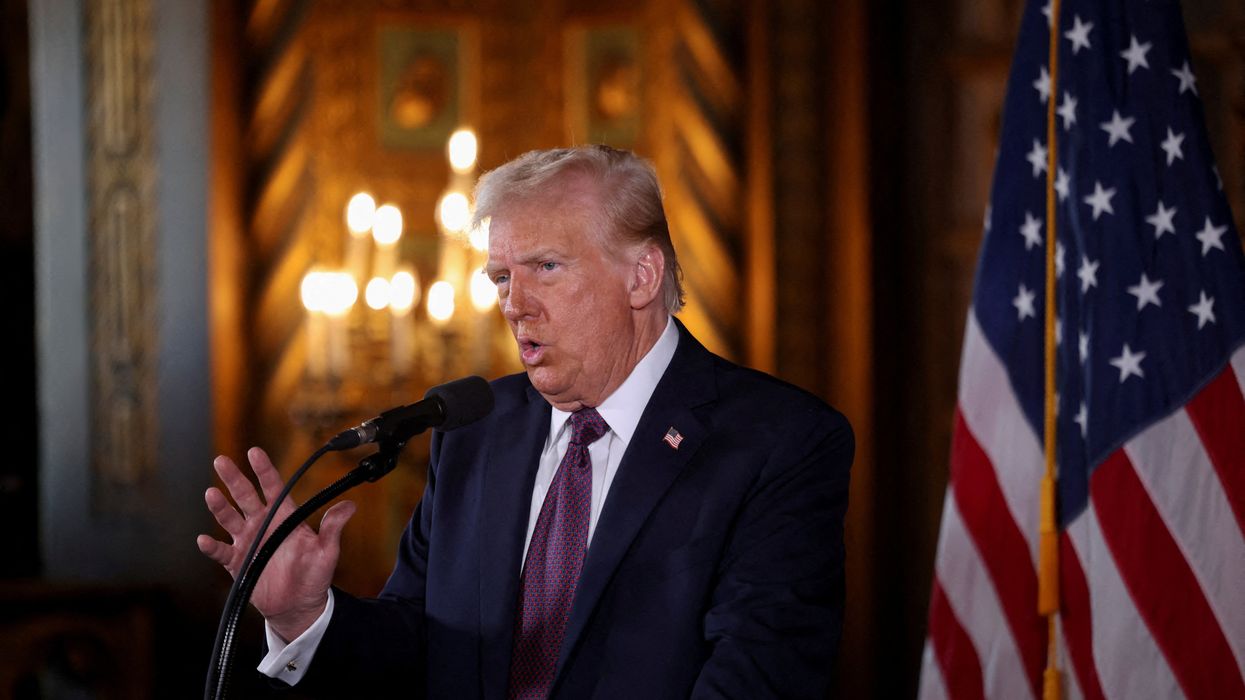Economist Paul Krugman said President Donald Trump’s removal of a whole White House wing is typical Trumpian style: an “act of vandalism" being paid for by large corporate donors — mostly tech and crypto companies — seeking to buy Trump’s favor.
“I am sure there will be a Trump meme-coin dispenser installed on every table,” Krugman said.
But the vandalism is a symbol of an even bigger destruction, warned the Nobel laureate. Trump’s demolition of the White House “isn’t a remodeling or building an addition, it’s a teardown." And he added it’s a “highly visual metaphor for the way MAGA is tearing down almost everything good about our country.”
“Masked government agents are snatching people off the street. The National Guard has been sent into major cities on the obviously false pretext that these cities are in chaos. The U.S. military is essentially murdering people on the high seas. Huge tariffs are, in addition to their economic costs, undermining a system of alliances former presidents spent generations building,” Krugman said. “Green energy is being eviscerated, vindictive prosecutions are the norm, and many millions are on course to lose their health insurance.”
So why does Krugman talk about Trump’s "appalling design sense"?
“… [B]ecause tackiness and tyranny go hand in hand,” he said. “Yes, Trump has terrible taste and probably would even if he didn’t have power and, thanks to that power, wealth. But the grotesqueness of his White House renovations is structural as well as personal. For the excess and ugliness serve a political purpose: to humiliate and intimidate. The tawdry grandiosity serves not only to glorify Trump’s fragile ego, but also to send the message that resistance is futile.”
“… And that ballroom’s hideousness is an equally good metaphor for all the political ugliness that lies in our future,” Krugman said. “… The ballroom is a sign, not just of Trump’s personal vulgarity, but of the collapse of small-r republican norms. Trump is turning the people’s house into a palace fit for a despot partly because that’s his taste, but also to show everyone that he can. L’etat, c’est moi (I am the state).”
Spying Trump’s handiwork, Krugman said he now finds himself “frequently thinking of how the Roman Republic degenerated into a dictatorship.”
“What happened? Modern historians of the Roman Republic and the Roman Empire mostly agree upon one explanation for the Republic’s collapse – namely that the enormous loot from Rome’s conquests created a class of incredibly wealthy oligarchs who were too wealthy and powerful to be constrained by republican norms, institutions and laws.”
“The modern parallels are obvious,” said Krugman, who posted a photo of Jeff Bezos’s $250 million yacht, with its large pool, jacuzzi and personal “beach club.”
Read Krugman’s full essay on his Substack here.


